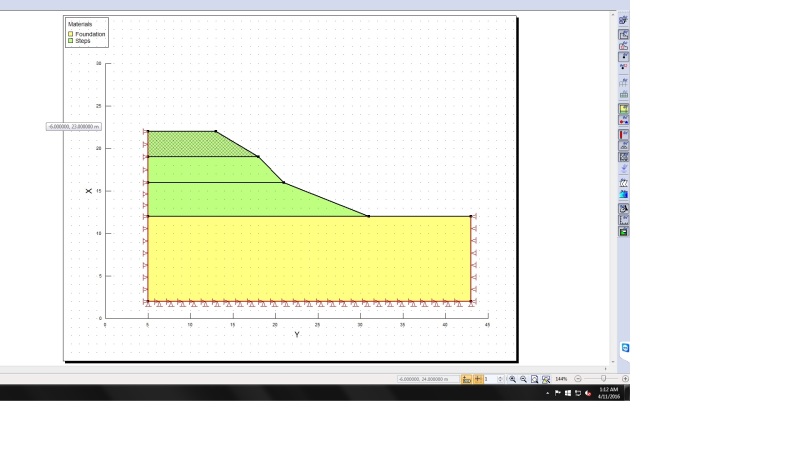kushtian
Geotechnical
- Nov 24, 2015
- 13
I am analyzing a slope in GeoStudio in Finite element method. Strength Reduction method. When I analyze with Limit Equilibrium method, I get FoS 0.7.
According to SRM method, the material strength should be reduced until we get non-convergence or huge deformation. In this case, how can I reduce strength as FoS is already less than 1?
Embankments are built stage by stage. 3 stages here. What method I select for stress analysis?

According to SRM method, the material strength should be reduced until we get non-convergence or huge deformation. In this case, how can I reduce strength as FoS is already less than 1?
Embankments are built stage by stage. 3 stages here. What method I select for stress analysis?

